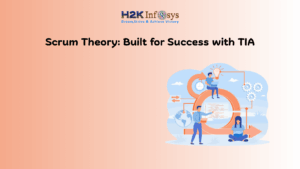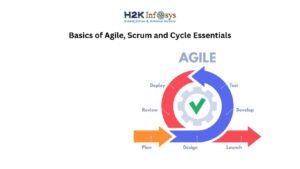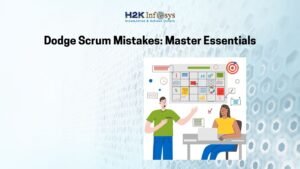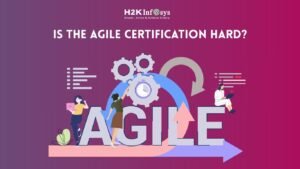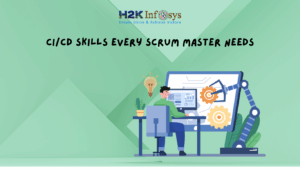The majority of us have heard the word “agile,” and some of us may have worked in an environment that was both good and bad. However, the best Agile framework (particularly in the context of software development) stands out as a shining example of efficiency and adaptability in modern project management. Its methods, like Scrum and Kanban, have completely changed how teams work, especially in the tech industry.
It is essential for business leaders to understand the subtleties and applications of these frameworks if they are thinking about moving to agile methodologies or reviving a transformation that has stagnated. The goal of this article is to simplify the best Agile frameworks and provide guidance on how to apply them in a flexible way to get the best possible project outcomes. Check out our Agile project management certification course to learn more.
1.Contextual Application of Agile Methodologies
Recognizing that the framework choice is dependent on the project’s work type and context is the first step towards adopting Agile.
Scrum, for example, is appropriate for situations requiring careful planning and team synchronisation. On the other hand, Kanban works best in settings where there is a continuous flow of work, such as customer service operations, where it helps maintain a consistent workflow.
The chosen Agile methodology will complement the distinct dynamics of your project and team thanks to this contextual alignment.
2.Agile’s Flexible Methodology
Agile’s ability to adapt is its real strength. It isn’t limited to particular team kinds or strict constraints. Rather, it promotes a flexible strategy that allows for the blending of approaches like Scrum and Kanban.
For instance, a team may choose to use Scrum’s sprint planning in addition to Kanban’s visual task management. Teams can customise their Agile practices to meet their unique demands because of this flexibility.
3.The Experimental Nature of Agile
Agile is a philosophy that encourages experimentation rather than just a set of rules. Rather than jumping headlong into a framework, Agile encourages teams to analyse their problems, try out several approaches, and evaluate the results.
With this strategy, teams can develop a culture of continuous improvement by learning from and improving their processes in response to input and outcomes from the real world.
4.Combining Best Agile Frameworks for Enhanced Results
Sometimes the best results come from combining several best Agile frameworks. This hybrid technique combines the flexibility of Kanban with the structured nature of Scrum to provide a methodology that is well-balanced.
These combinations work especially well in mixed contexts where it’s necessary to be both predictable and adaptable.
5.Respect and Flow: The Essence of Agile
Agile is really about treating the team and their process with respect. It places a strong emphasis on comprehending team dynamics and working styles to make sure that the selected Agile approach fosters a positive and effective work environment.
This also applies to workflow management, which aims to improve overall efficiency by establishing a seamless, continuous flow of tasks.
6.Measurement and Experimentation: Agile’s Pillars
“The Best Agile Framework” is fueled by measurement and experimentation. Teams are encouraged to experiment with various strategies and carefully assess their efficacy.
This data-driven approach guarantees that decisions are based on observable outcomes rather than conjecture, guiding teams toward the best practices for their specific contexts. The best Agile framework enables teams to adapt and improve continuously by using real data to inform their decisions, ensuring optimal results in any project environment.
7.The Evolutionary Nature of Agile Practices
Agile is dynamic; it evolves with experience and time. Techniques that were once commonplace in Agile discussions, like the Spotify model, have transformed over time.
This progression underscores the importance of maintaining flexibility and openness to modifications, ensuring that the best Agile framework remains applicable and efficient as project landscapes continue to evolve.

Conclusion
To sum up, the best agile frameworks are an excellent resource for project management, but their efficacy depends on how well they are applied. Business executives who want to adopt Agile must first understand the particular requirements of their teams and projects in order to customise the Agile methodology.
Whether it’s the continuous flow of Kanban or the rigid planning of Scrum, the appropriate Agile methodology can completely change the way your team works and improve the efficiency and adaptability of your projects.
To delve deeper into how Agile can revolutionise your project management approach, check out our Agile certification for project managers course.







